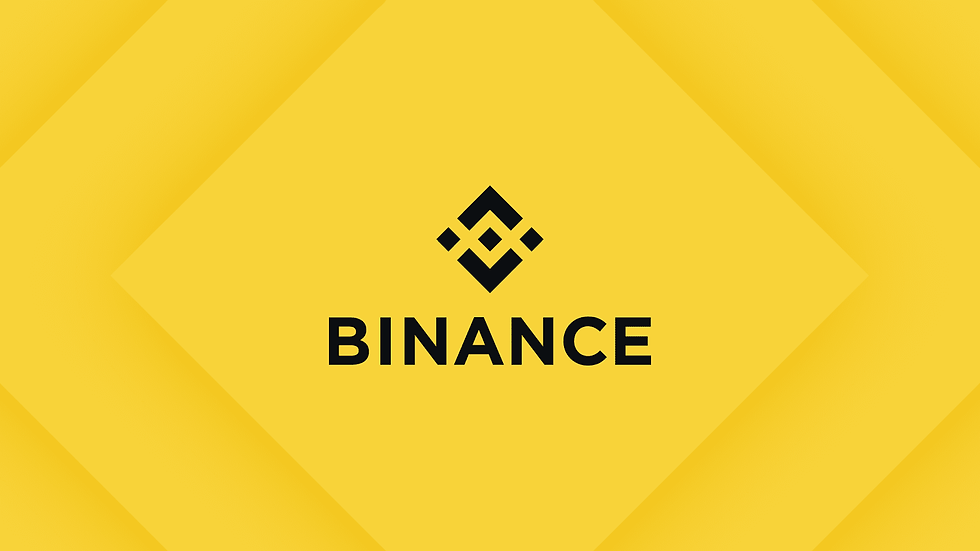Research in the topic of NFTs
- Vision Factory

- Nov 27, 2021
- 4 min read
Updated: May 14, 2024
This post may contain affiliate links, which means I may receive a small commission, at no cost to you, if you make a purchase through a link
The following paragraphs are going to outline the study area of NFTs. NFT is an emerging topic in the scientific literature. Studies about the NFT market confirm what is experienced in practice. So, the below studies will dive deep into NFTs.
Background studies
ERC-721 token
A study from Arora A., Kanisk, and Kumar S., aimed at finding a solution for both researchers and practitioners. It confirmed what practitioners claimed about the ERC-721 token on the Ethereum blockchain. Additionally, the built-in on the Ethereum blockchain could be used for the authentication of rare art pieces. Since the NFT cannot be forged, the art piece either increases or retains its value, benefitting the buyer.
NFT areas
Furthermore, NFTs are growing in value while the market size of NFTS is also increasing in popularity. However, the NFT market and the technology are in its early stages. Wang et al. define it as the hype cycle with high prices. But, the authors did not exclude that NFTs are backed by important technology. Therefore, they advocate for further advancements in for example music and sports events.
Regulations
In addition, Fowler and Pirker overview the NFT space in their examples of gaming, art, and music. These categories have not been commercialized to the same degree as before the introduction of NFTs. The authors conclude that the NFT space is still missing regulations and is similar to the Wild West. So, research shows that regulation is hard as NFTs are classified in all these areas.
You can buy and trade cryptocurrencies on Binance. Click here.
Regulatory landscape in the topic of NFTs
NFTs not being property
Moringiello and Odinet explain the regulatory landscape of NFTs by connecting it to property rights. They argue that NFTs do not have a reference asset and thus are not classified as property. As a consequence, regulators could be using incorrect laws for regulating NFTs. Therefore, a precedent for regulators has not been set yet. Since it is not tangible, an NFT cannot be classified as property, according to the authors.
NFTs as personal property
On the other hand, Fairfield characterizes NFTs as personal property because of the digital interest. NFTs are the first example of personal property created over the internet. NFTs are exclusive personal art pieces. Therefore, they have fixed the internet problem of mass production. Because of decentralized crypto ledger technology, NFTs can be seen as some kind of digital property.
NFTs as security
Henderson and Raskin discuss NFTs as security. NFT causes two problems in our regulatory system. Firstly, the asymmetrical information problem is characterized by insider trading and anti-fraud rules. Secondly, the police power problem is characterized by state regulations. So, actors must follow regulations. However, these regulations may aid bad actors in ignoring the law and creating a black market. Meanwhile, good actors need to adhere to stricter laws. Therefore, it’s important to research both the regulatory space and the investment space.
NFTs as Investment
First analysis of NFTs
Kong and Lin published the first analysis of NFTs in September of 2021. They constructed a price index by using CryptoPunks as the overall pricing of NT markets. Then, they compared the risk-return of this new way of investing. In conclusion, they found that there is an extremely high volatility. The authors showed this by measuring that the standard deviation was 58% and a higher Sharpe ratio.
Cryptocurrency and NFT
Additionally, Dowling studied the crossover effect of cryptocurrency and NFT pricing. The hypothesis was that a spillover effect from cryptocurrency to NFT pricing would occur. The spillover was measured much lower on from the cryptocurrency market. Also, movement between the markets appeared because of the similar technology. Mainly, Dowling found that NFTs seem to be a new asset class. NFTs move as multiple markets due to their variety. Still, additional studies should be conducted.
NFT is interdependent
Ante suggests that the NFT market is immature and driven by other NFT submarkets. Wang et al and Fowler and Pirker agree somewhat on the first part. Also, Dowling found similar results for the second part. The NFT market drives itself as a new asset class and has more implications on itself than other cryptocurrencies. Therefore, Ante hypothesizes that the NFT market is interdependent on itself more than the cryptocurrency market.
Summary and Conclusion
To summarize, there are different legal challenges for NFTs. In addition, there are market challenges as the market is in the early stages. The market has premature actions, as found by multiple studies. So, the NFT market is driven by hype and is influenced by itself and other submarkets. To conclude, scientific literature about NFTs still needs to be expanded upon to get a deeper understanding of the market.
Binance offers a diverse range of investment opportunities and tools tailored to both novice and experienced investors, enabling them to build portfolios aligned with their financial objectives and timeframes. Click here to sign up and receive 100 USDT cashback voucher.
Reference List
Connect with Marcus Johansson on Linkedin





Comments